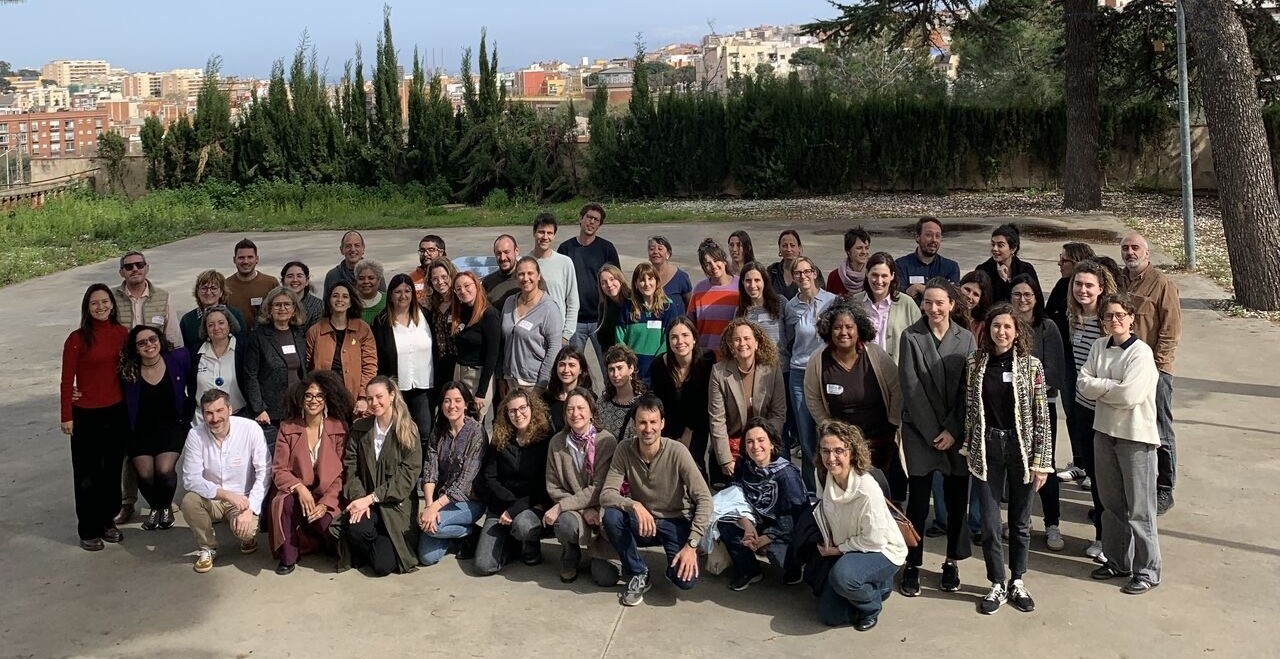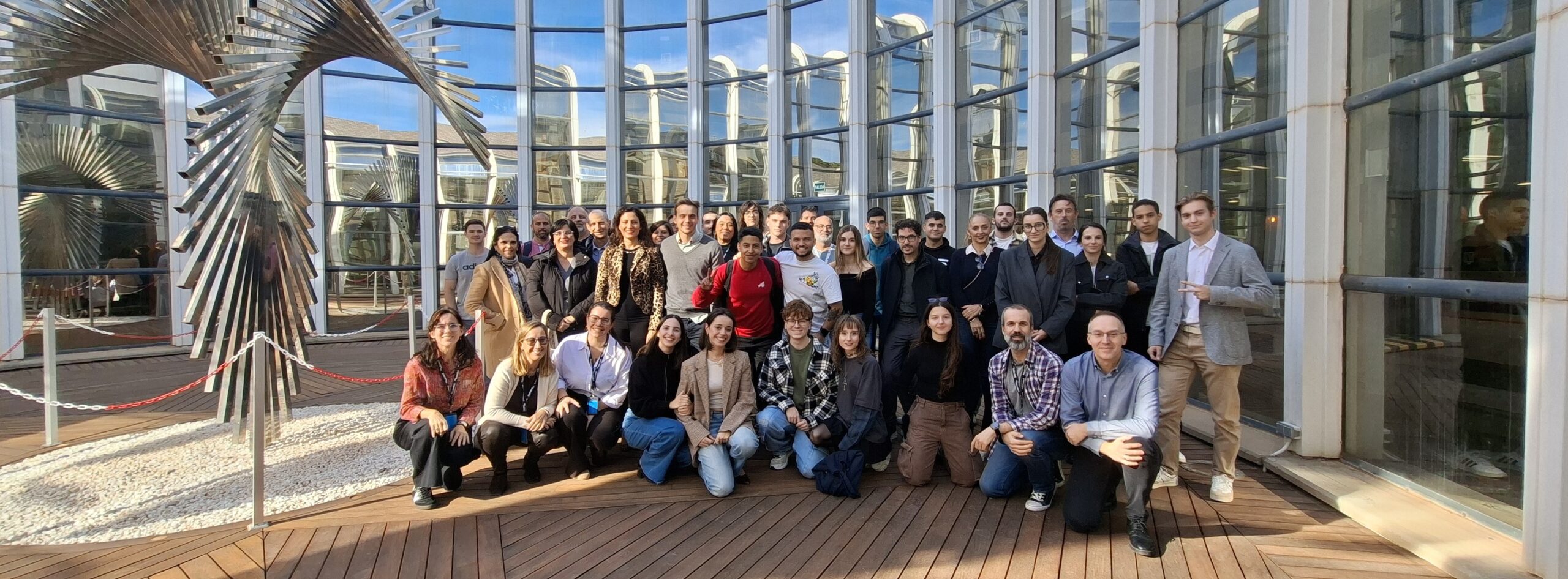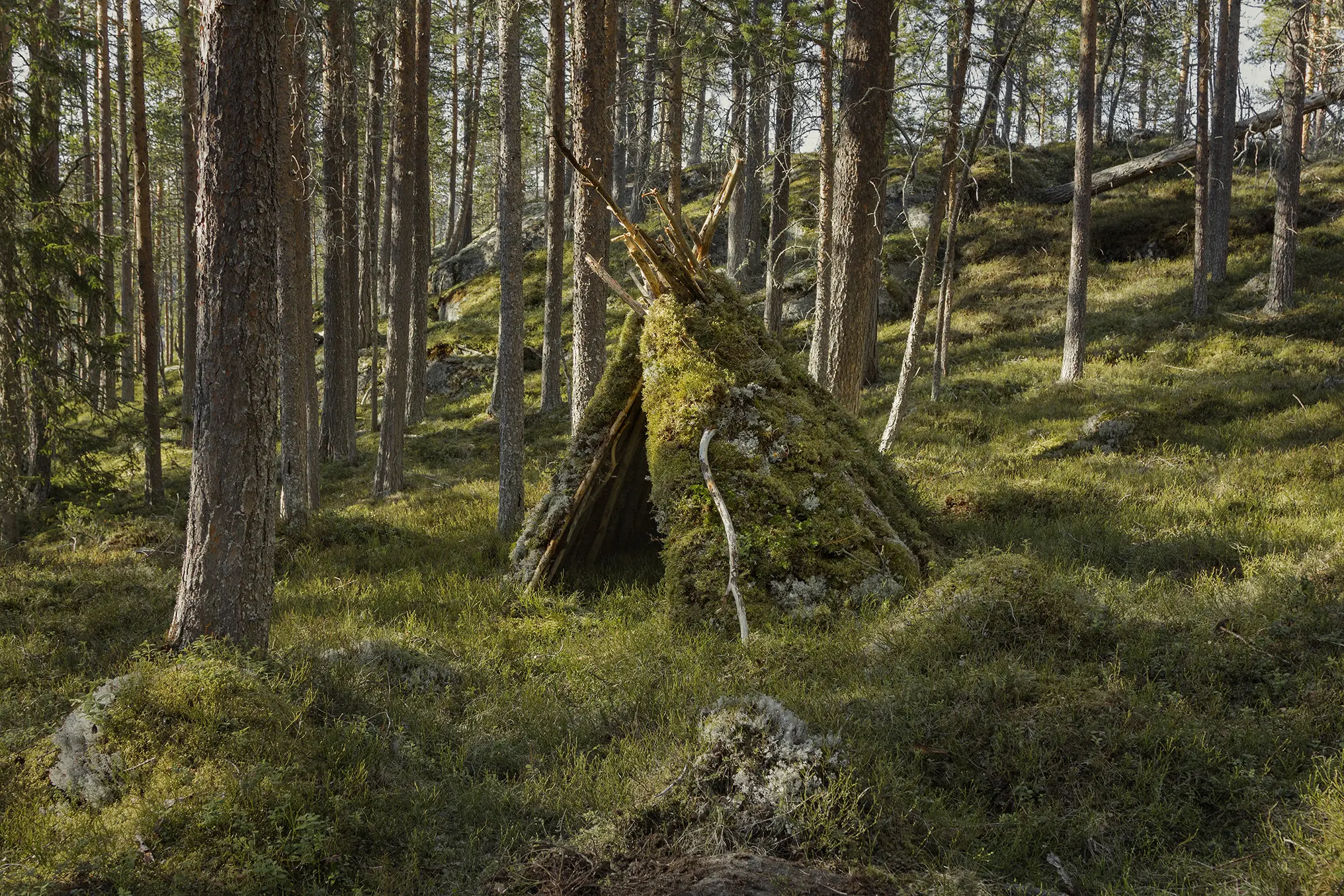
Art<35 BS 2017 is a competition hosted by the Faculty of the University of Barcelona, organised by Asociación Art<35 which is supported by the Trama gallery, Sala Parés and Banco Sabadell Foundation, with the objective of selecting artists to participate in this exhibition which focuses on creations by young artists, as well as offering them the opportunity to exhibit their works through which they question the world.
Once again, the panel of judges is comprised of professionals who are linked to the art sector, such as: Miquel Molins, Chairman of Banco Sabadell Foundation; Ignasi Aballí, artist; Sergi Aguilar, artist and Director of Fundación Suñol; Carlota Álvarez Basso, Matadero, Madrid; Teresa Grandas, curator at MACBA; Frederic Montornés, art critic and art curator; Elena Blanch González, Dean of the Faculty of Fine Arts at the Complutense University of Madrid; amongst others.
More information about the 10 pieces of art and the artists
Gabriel Coca (Pamplona, 1989), creates spaces which we are invited to visit with our minds, and in order to do so, he explores the effects of parameters such as colour, contrast, shades of colours or brushstrokes. The places which he paints are abstractions of his experiences in his physical world, of the continuous search how to populate it, and the fight between before and now.
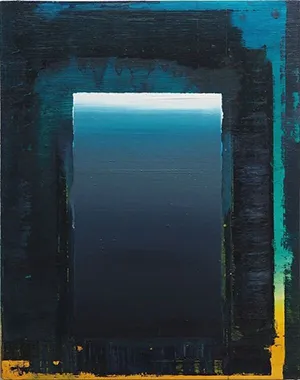
Adrià Gamero (Olot, Girona, 1988), explores peripheral territories between nature and the big city. His art directs the viewer’s gaze towards the relationship between man and territory, the change in uses and the consequences of intervention. His objective is to discover realities which have little visibility in our culture.
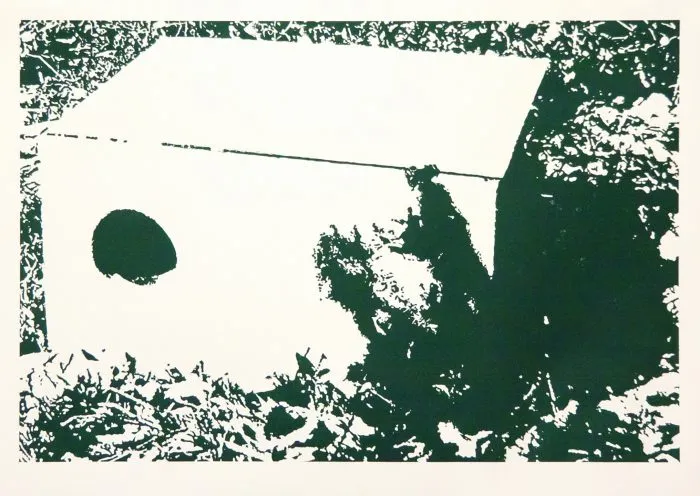
Héctor Hernández (Castellón, 1988), approaches the relationship between man and the environment through art. His photographs are of cabins which he has built using materials which he has found in unplanned places, after travelling through the outskirts of Leveld, Norway. The provisional character of these refuges expresses interaction with the environment, without trying to dominate it.
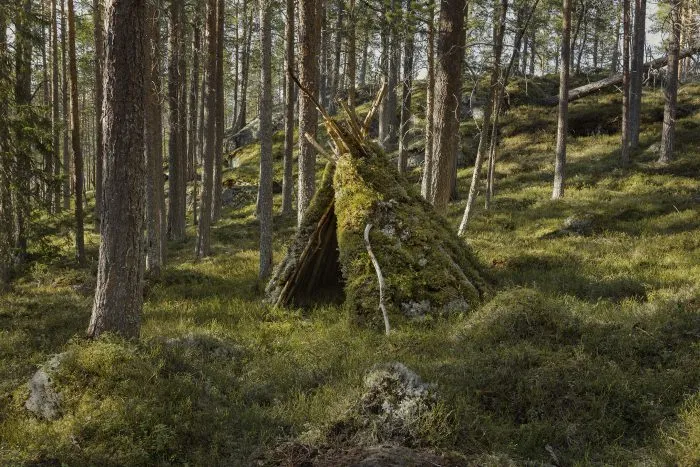

Asensio Martínez Soler (Albaida, Valencia, 1988), explores artistic purpose and its relationship with space through the artistic and theoretical corpus of Richard Wagner. From the limits of a sculpture arising from the artist’s obsession with Wagner, and based on this, the plastic and poetic possibilities of the materials which the works are made out of, which mixes into the exploration of space from a design perspective.
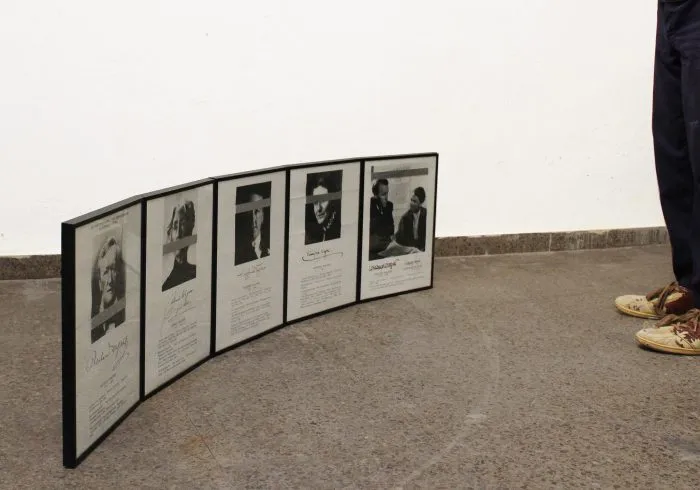
Esther Navarro (Valencia, 1988), delves into a pictorial medium through digital photography. Her starting point is the properties of colour, light and composition, elements which are common to the two languages and explore the plastic value of marginal photographic records.
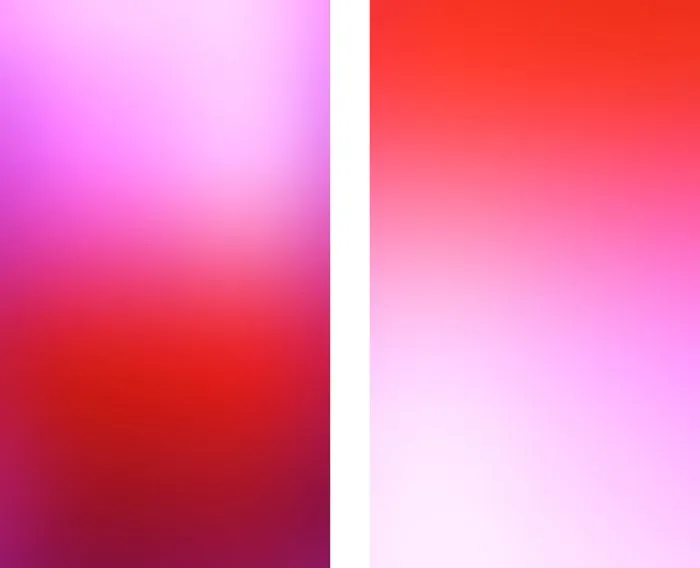
Joan Pallé (Lleida, 1989), his photographs document interventions with written messages in different public spaces. The texts are simple typographic compositions, which thanks to resources such as the repetition of a word, or the alteration of characters, highlight or add a twist to their meaning, at the same time as interacting with the locations chosen, leading to the emergence of new meanings.
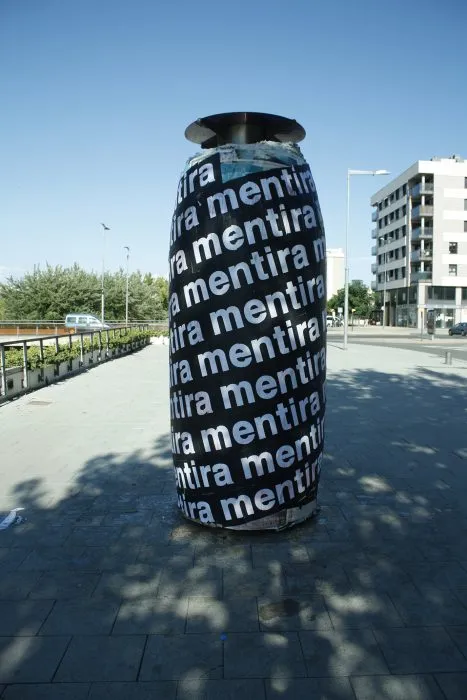
Jorge Pérez Higuera (Guadalajara, 1989), takes the IT application AdBlock, which is an application to block publicity messages when browsing online, all the way over to public spaces. The app transforms billboards into empty screens which suggest different reflections as to how we view publicity.
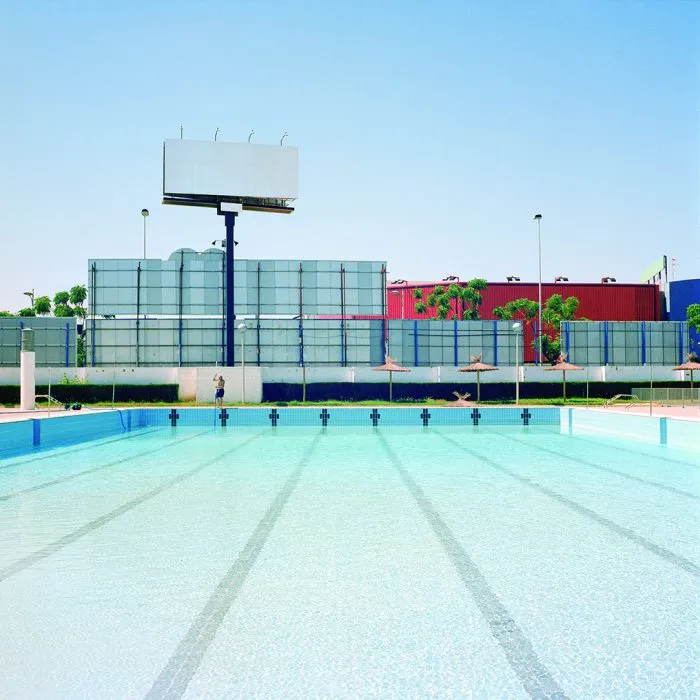
Carlos Peris (Sagunto, Valencia, 1991), based on the necessity to create a new order for creation and to deny the artistic legacy which differentiates techniques, styles and generations; to create a piece of art which expresses a rejection of the dictatorship of procedures and traditional categories. It brings the paintings closer from the support, altering the hierarchy of the components of the painting, traditionally organised based on the image.
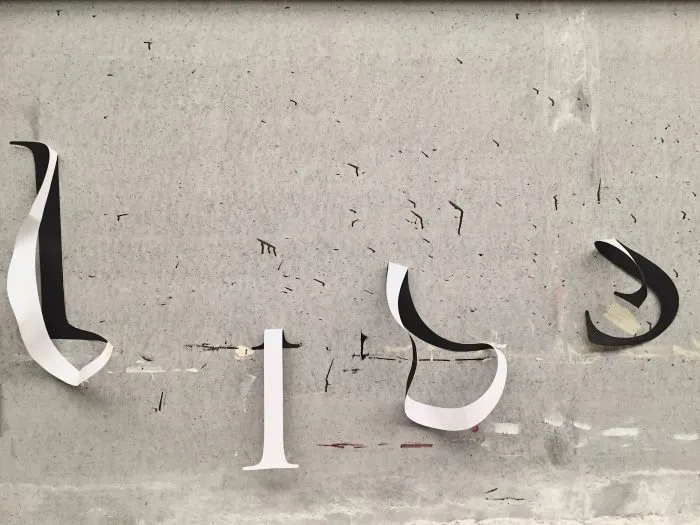
Luciana Rago (San Juan, Argentina, 1982), creates her work via painting. She plays with the flexibility of different types of paper to transform pictorial support, which has previously been treated with ink and watercolour, on a pliable element which integrates the volumetric properties of the sculpture.
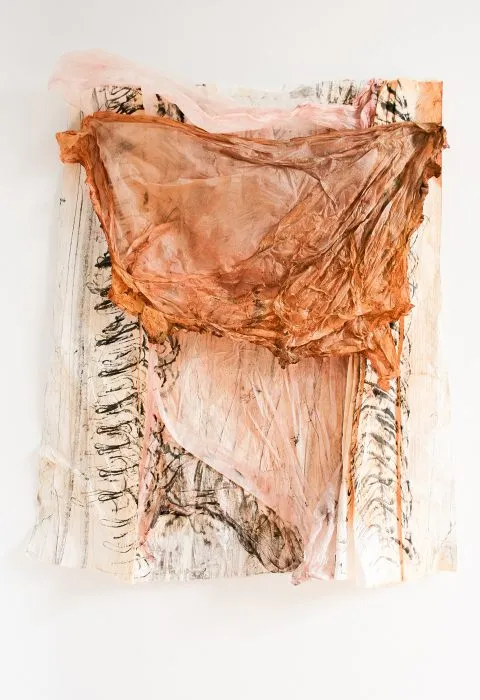
Javier Rodríguez Lozano (Madrid, 1992), creates a parallel between the life of graffiti in the city (paint, erase, paint again) and the editing features of some I.T. programmes (create, undo and redo). The works show marble surfaces which have been covered with paintings and tags by graffiti artists in different states of conservation, for which reason the inscriptions initiate a dialogue with the drawings and create images which are open to multiple interpretations.
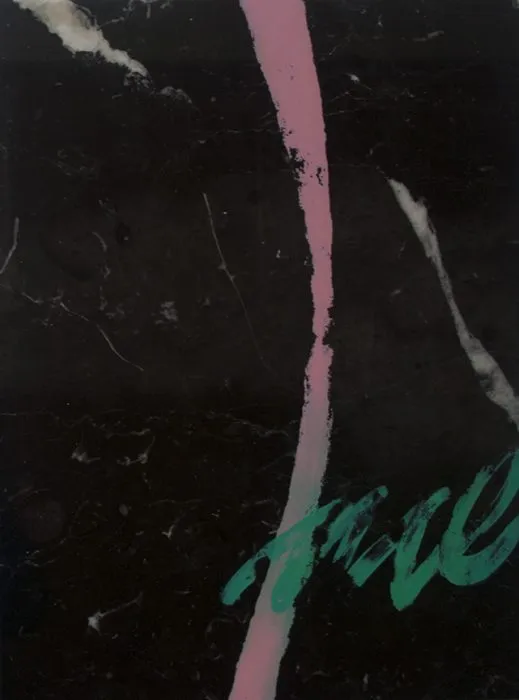
S/T (de la serie ↷, ↶, ↺), pintura sobre mármol Markina, 40 x 30 cm cada uno, 2017. Javier Rodríguez Lozano
